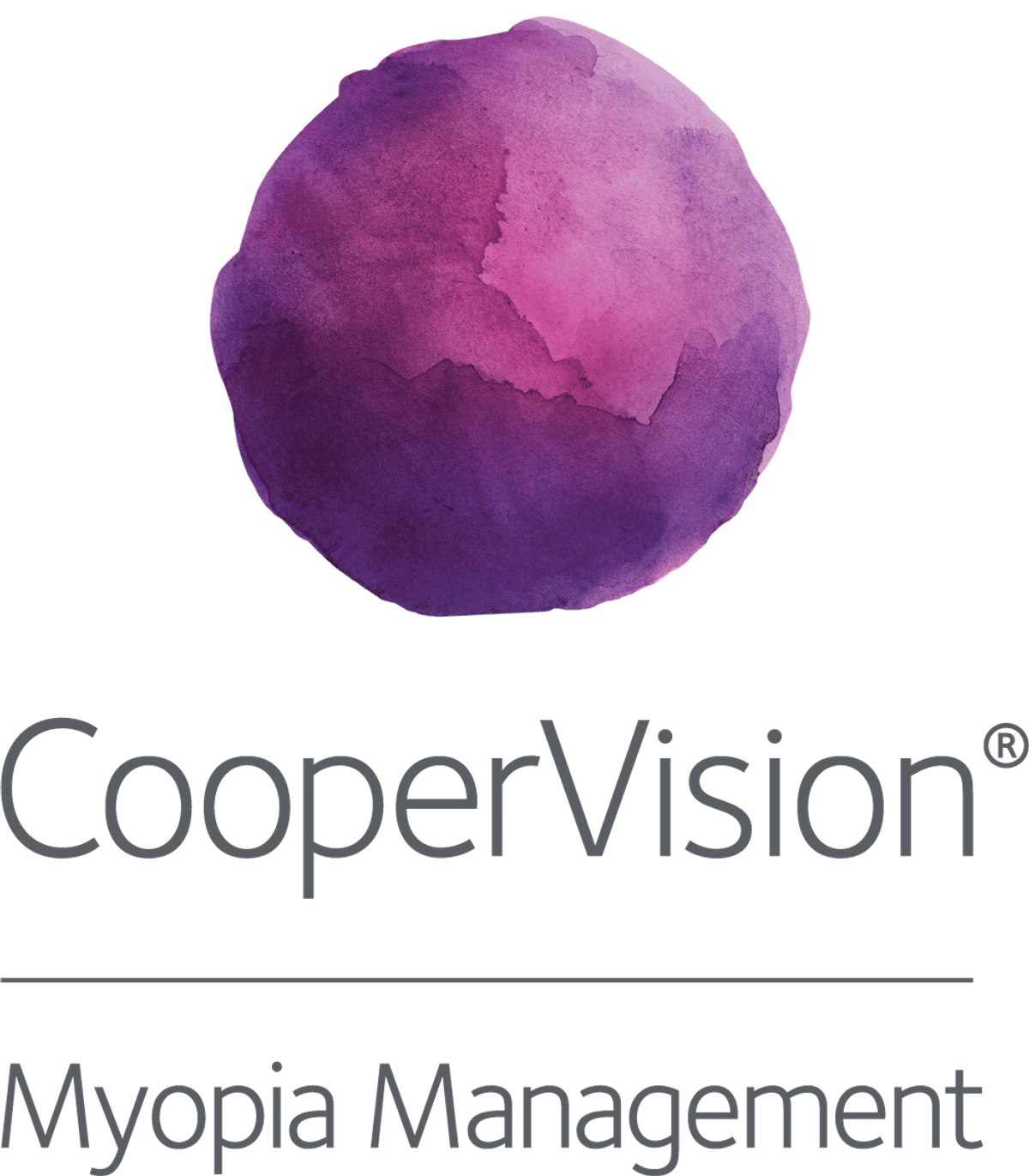Science
Microlens spectacles reduce myopia progression in children

In this article:
This meta-analysis compared spectacle lens designs for myopia control in over 11,000 children. Microlens designs slowed progression more than single vision or non-microlens lenses, with 0.51 D less myopia progression and 0.29 mm less axial elongation over 24 months compared to single vision lenses.
Paper title: Myopia control efficacy of peripheral defocus modifying spectacle lenses in children and adolescents: a Meta-analysis
Authors: Fan HB (1,2), Li ZL (1), Zhang XM (2), Xie AR (1,2), Wei QM (2), Song TT (2), Duan JG (1,2,3,4)
- Eye College of Chengdu University of Traditional Chinese Medicine, Chengdu 610000, Sichuan Province, China.
- Department of Optometry and Pediatric Ophthalmology, Ineye Hospital of Chengdu University of Traditional Chinese Medicine, Chengdu 610000, Sichuan Province, China.
- Key Laboratory of Sichuan Province Ophthalmopathy Prevention & Cure and Visual Function Protection with TCM Laboratory, Chengdu 610000, Sichuan Province, China.
- Retinal Image Technology and Chronic Vascular Disease Prevention & Control and Collaborative Innovation Center, Chengdu 610000, Sichuan Province, China.
Date: Published online April 18, 2025
Reference: Fan HB, Li ZL, Zhang XM, Xie AR, Wei QM, Song TT, Duan JG. Myopia control efficacy of peripheral defocus modifying spectacle lenses in children and adolescents: a Meta-analysis. Int J Ophthalmol. 2025 Apr 18;18(4):723-734.
Summary
Peripheral defocus-modifying spectacle lenses (PDMSLs) are designed to help slow axial elongation and myopia progression by reducing peripheral hyperopic defocus. Newer PDMSLs incorporate microlenses to deliver defocus, and current evidence suggests these are more effective than earlier designs or single vision lenses (SVLs). Three prominent microlens designs for myopia control use either concentric rings (HAL, SAL), honeycomb arrays (DIMS), or annular micro-cylinders (CARE). The aim of this study was to compare the efficacy of PDMSLs with SVLs in controlling myopia progression and axial elongation in children and adolescents.
This meta-analysis compared the myopia control effects of microlens PDMSLs, non-microlens PDMSLs, and SVLs using data from nine studies involving 11,649 participants aged 6–18 years. Of these, 4,332 wore PDMSLs and 7,317 wore SVLs, with follow-up ranging from 6 to 24 months.
Key findings were as follows:
- At 6 and 12 months, microlens PDMSLs slowed myopia progression by 0.19 D and 0.36 D respectively, and axial elongation by 0.10 mm and 0.15 mm, compared to SVLs.
- At 18 and 24 months, progression was slowed by 0.43 D and 0.51 D respectively, and axial elongation by 0.23 mm and 0.29 mm.
- No meaningful difference in myopia progression or axial elongation was found between non-microlens PDMSLs and SVLs at any follow-up time point.
What does this mean for my practice?
Microlens spectacle lenses incorporating concentric ring (HAL), honeycomb (DIMS) or annular micro-cylinder (CARE) designs demonstrated meaningful reductions in myopia progression and axial elongation over a 2-year follow-up period.
This study showed that the optical design of these lenses is a key factor in their effectiveness. Microlens structures create peripheral myopic defocus across the lens surface while preserving clear central vision. In contrast, earlier designs using curvature-based changes without microlens zones did not show consistent benefits over single vision lenses. These findings help reinforce their use as a first-line option for optical myopia control in children and adolescents.
Several of the included studies also reported better outcomes with regular wear, particularly in younger children, although wear time was not consistently measured. Importantly, microlens myopia control lenses did not appear to disrupt binocular vision or accommodation, even in children with intermittent exotropia.
What do we still need to learn?
Most of the studies included in this meta-analysis had follow-up periods shorter than 12 months, which limits the ability to assess long-term outcomes. Although some studies reported 24-month outcomes, longer-term follow-up data remain limited.
The review included only English-language publications, introducing potential language bias. There was also variability in study design, participant age and baseline refractive error, which may have contributed to heterogeneity in the results. Wear time and compliance were not consistently measured, so the impact of lens wear patterns on treatment outcomes remains unclear.
Microlens designs were grouped as a single category, without analysing differences between specific lens configurations such as HAL, DIMS or CARE. The study also did not compare spectacle lenses to other myopia control treatments such as atropine, orthokeratology or soft contact lenses. As a result, the relative effectiveness of these lens designs across treatment options could not be determined.
Abstract
Purpose
To evaluate the effects of microlens design of peripheral defocus modifying spectacle lenses (PDMSLs) and non-microlens design of PDMSLs on controlling myopia progression in children and adolescents.
Methods
A systematic search was carried out in the PubMed, Cochrane Library, Embase, CNKI, and Web of Science databases. The search targeted randomized controlled trials (RCTs) and cohort studies (CTs) that explored the effects of PDMSLs on myopia control among children and adolescents. The Cochrane risk-of-bias tool and the Newcastle-Ottawa Scale were employed to evaluate the risk of bias in the included studies. The published biases of the included studies were evaluated using Egger's test.
Results
Nine studies (7 RCTs, 2 CTs) were included, involving 4332 participants in the PDMSLs group and 7317 participants in the single vision lenses (SVLs) group. Meta-analysis showed that PDMSLs with microlens design had lower change in spherical equivalent refraction (SER) than SVLs at 6, 12, 18, and 24 months after wearing glasses, with reductions of 0.19 D, 0.36 D, 0.43 D, and 0.51 D, respectively. The changes in axial length (AL) were also lower, with reductions of -0.09 mm, -0.15 mm, -0.27 mm, and -0.29 mm, respectively. There was no significant difference between the non-microlens group and SVLs in changes in SER and AL.
Conclusions
The synthesized evidence indicates superior myopia management outcomes with microlens design of PDMSLs compared to both SVLs and non-microlens design of PDMSLs in children and adolescents.
Meet the Authors:
About Ailsa Lane
Ailsa Lane is a contact lens optician based in Kent, England. She is currently completing her Advanced Diploma In Contact Lens Practice with Honours, which has ignited her interest and skills in understanding scientific research and finding its translations to clinical practice.
Read Ailsa's work in the SCIENCE domain of MyopiaProfile.com.
Enormous thanks to our visionary sponsors
Myopia Profile’s growth into a world leading platform has been made possible through the support of our visionary sponsors, who share our mission to improve children’s vision care worldwide. Click on their logos to learn about how these companies are innovating and developing resources with us to support you in managing your patients with myopia.












